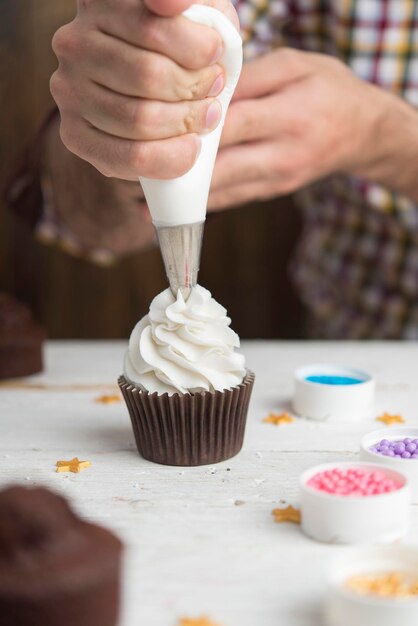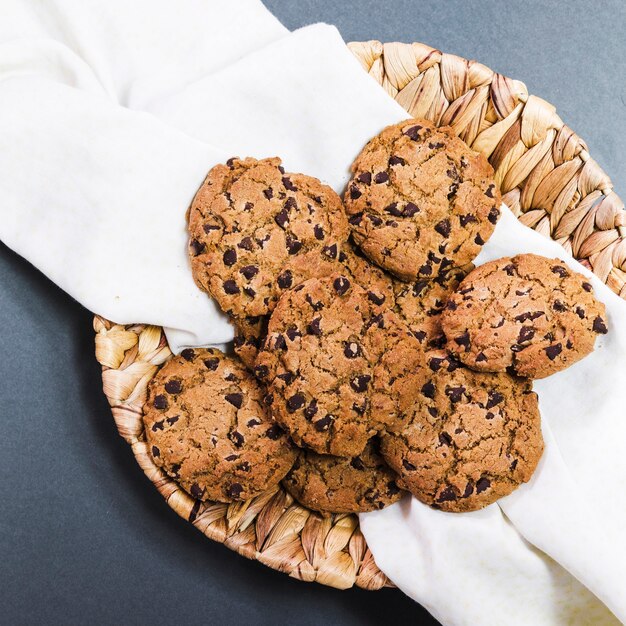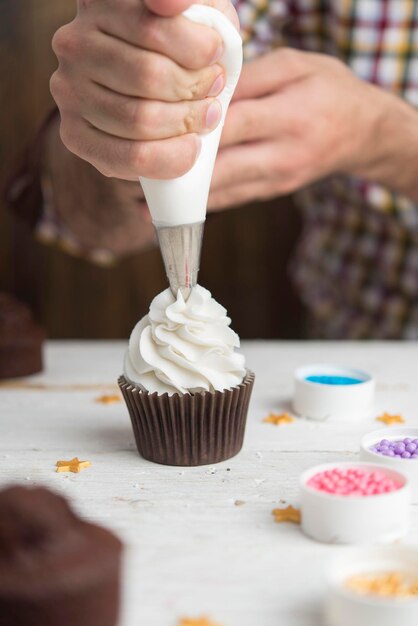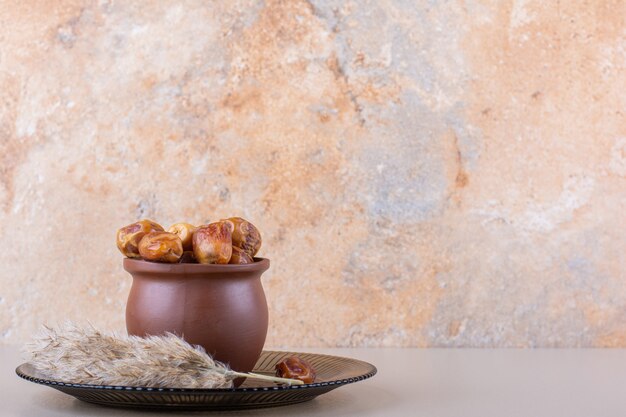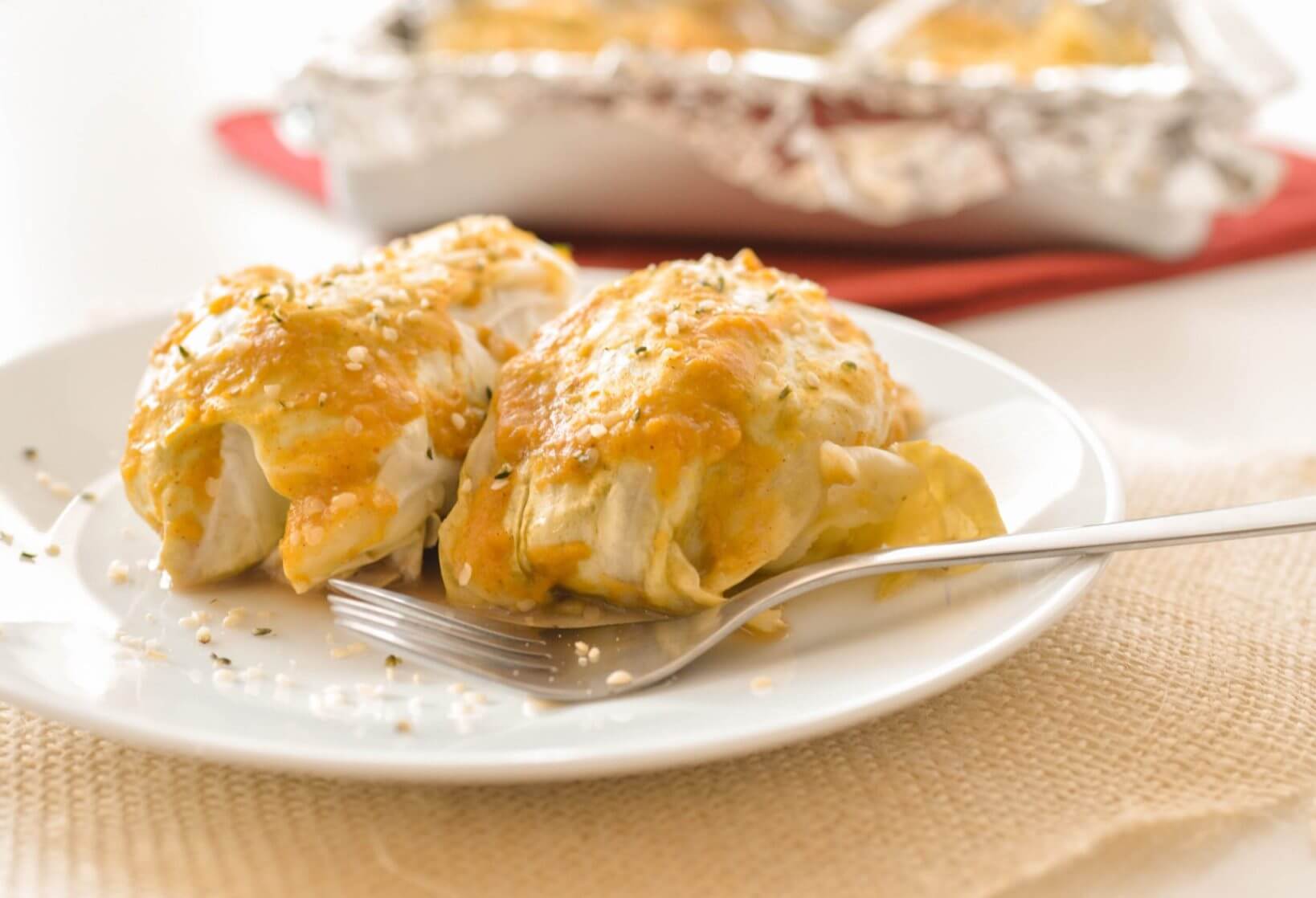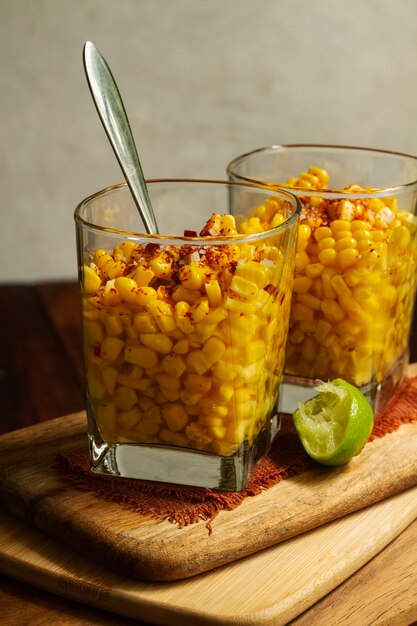In the exhilarating world of hospitality and gourmet dining, developing a thorough awareness of manners is crucial- particularly with regards to presenting food. Attention to detail, not only in the flavors and presentation of the dishes but also in the way the food is served, transforms a simple meal into an unforgettable dining experience. This article will embark on a journey attuned to the nuances of mastering proper decorum specifically when it’s about handling plates while serving food.
The elegant serving of food is an art, requiring a blend of attention to detail, grace, and proper etiquette. Blunders in the handling of serving plates can cause discomfort to patrons, undermine the grandeur of the food, and could even potentially result in rather embarrassing situations. Thus, mastering how to correctly handle a plate when serving food is fundamental for anyone involved in food service, from high-end restaurateurs to hosts keen to deliver a refined dining experience at home.
It’s important to note that the know-how of serving food extends beyond simply being aware of which side of a patron to serve from. Factors such as the type of dish being served, the configuration of the dining table, cultural aspects, among others also have a significant role to play. In the up-coming sections, we will delve deep into understanding, interpreting and incorporating these finer aspects into your serving style, helping you master the etiquette of the correct way to handle a plate when serving food.
THE SIGNIFICANCE OF CORRECT PLATE HANDLING IN THE FOOD SERVICE INDUSTRY
Handling plates correctly in the food service industry is more than just a matter of elegance. The way servers carry, place, and remove plates can significantly impact the dining experience of the patrons, and subsequently the reputation of the establishment.
First, hygiene is a top concern in food businesses. Therefore, the manner in which plates are handled should give assurance to the customers that utmost cleanliness is upheld. For instance, holding plates at the edge and avoiding unnecessary contact with the food helps maintain good hygiene.
Safety is another aspect that cannot be ignored. Careless holding and carrying of plates, especially hot ones, can lead to burns, plate breakage, or even serious accidents. Proper handling techniques, hence, are not just for aesthetics but for the safety of both the servers and customers.
DISPLAY OF PROFESSIONALISM
Professionalism in the restaurant industry is often judged by the attention to minute details. Correct plate handling is one such detail. Whether it’s a casual eatery or fine dining restaurant, the elegance displayed in plate handling can leave a good impression on the diners.
- It demonstrates respect for the customer. Careful handling of plates shows that the food served is valued and treated with care.
- It signifies the establishment’s commitment to service excellence. Proper plate handling accompanied by graceful moves elevates the dining experience.
- It can be an indication of the server’s expertise. Knowledgeable wait staff would know how to carry multiple plates safely and serve without disturbing the diner.
In conclusion, mastering the art of plate handling is vital for anyone working in the food service sector. Apart from maintaining hygiene and ensuring safety, it augments the dining atmosphere, showcases professionalism, and contributes to remarkable service delivery. Therefore, constant training and reminding of staff on the importance of correct plate handling are beneficial in achieving customer satisfaction and building a successful restaurant brand.
UNDERSTANDING THE FUNDAMENTALS: PROPERLY HANDLING A PLATE WHILE SERVING FOOD
The conventions surrounding how to manipulate a plate when serving meals may seem trivial, but in reality, they’re part of a comprehensive system of decorum. Developing proficiency in plate etiquette is vital for anyone wanting to host a graceful and refined dining experience. The way you hold and pass a plate communicates respect towards the cuisine itself, the overall dining atmosphere, and others in the table.
THE CORRECT METHOD TO GRIP A PLATE
Proper manners in dealing with a plate require a particular approach. It’s vital to always use both hands. The left hand should be placed flat beneath the plate, providing support, while the right hand should have a gentle but firm grip on the plate’s side. This approach not only conveys respect and attentiveness, but it also guarantees a stable and secure hold. It’s crucial to avoid an overly tight grip or allowing the plate to tilt or wobble. This prevents any unfortunate accidents from occurring.
When passing the plate to another person, make sure to do it gently and directly, never tossing or sliding it across the table. If the size and shape of the plate allow, it should be transferred directly from your hands to those of the receiving party without the plate ever touching the table. Remember that this process should always be executed with a soft smile and minimum interruption of the ongoing conversation.
- Use Both Hands: Always handle the plate with both hands. One should secure it from beneath while the other ensures a firm grip by holding the plate’s edge.
- Gentle but Secure Grip: Never hold the plate too tightly or loosely. Maintain a balance that guarantees stability without causing discomfort to your hands.
- Pass Directly: When handing the plate to somebody else, make sure to pass it directly into their hands. It would help if you never slid or tossed it across the table.
Mastering the etiquette rules associated with plate handling can transform any dining event into an elegant and harmonious experience. Following these rules communicates respect and considerateness towards others at the table and establishes a refined and pleasant dining atmosphere.
FUNDAMENTAL GUIDELINES FOR PROPERLY DELIVERING FOOD
Gaining proficiency in the art of etiquette during the act of food service extends far beyond simply understanding which fork should be used for the salad. It concerns the most basic rules on offering and receiving food, and particularly, how to handle a plate ideally.
REINFORCING MANNERS DURING MEAL PREPARATION
Appropriate food service begins prior to the actual act of serving. For instance, chefs and servers should wash their hands thoroughly before they start preparing or serving food to ensure both food safety and hygiene. Wearing gloves can offer an additional layer of protection, especially where direct contact with the food is unavoidable.
When it comes to presenting dishes, always remember to deliver the plates from the diner’s left side and pick them up from the right side. While the origins of this rule date back to an era of grand dining where servants needed to have a distinctive order to serve the tables efficiently, it nonetheless remains an widely recognized norm today for servers to adhere to this practice.
ARRANGING CUTLERY FOR EFFICIENCY AND CONVENIENCE
Equally crucial to the process of serving food are the fundamental cutlery arrangement guidelines. Always ensure that cutlery is placed in the order of use, starting from the outside and moving in towards the plate as the courses progress. Also, make sure that the forks are set to the left of the plate, and the knives and spoons to the right. Remember to place the knife’s sharp edge facing inward, towards the plate, to emphasize safety.
- Soup Spoon and/or Cocktail Fork (farthest to the right/left)
- Seafood Fork and/or Knife
- Entrée Fork and/or Knife
- Salad Fork and/or Knife (closest to the plate)
Remember, mastering the protocol of food service not just enhances the dining experience for your guests, but also sets you apart as a knowledgeable and competent host or server.
AVOIDING COMMON ERRORS IN PLATE HANDLING
Managing plates while serving food is a critical part of dining etiquette. Unfortunately, many individuals aren’t aware of the potential faux pas they can commit. Here’s a useful guide to help you avoid these mistakes.
INCORRECT POSTURE AND HANDLING
One common error people make when it comes to plate etiquette is assuming an incorrect posture or handling method. Serving or passing a plate with two hands, or even worse, with a hunched back, is a strict no-no. This not only displays poor manners, but can also lead to potential mishaps such as dropping or spilling.
Holding the Plate Incorrectly: An important aspect to remember is not to keep the dish by its rim. This may leave fingerprints on the part that people are supposed to eat off from. A more delicate way to carry a plate would be by its base or sides. Also ensure you are not holding it above shoulder height to prevent the risk of dropping the food on someone.
PILLING UP WHILE SERVING
Another mistake to avoid is overfilling your plate. Abundance is appreciated, but a plate pilling up with food is a sight no one enjoys. It can be seen as greedy, and also increases the risk of spilling. While serving, remember to take modest portions.
WRONG ORDER OF PLATE PASS
The order in which plates are passed also matters. Not following etiquette can lead to a messy situation. For example, because etiquette dictates passing everything to the right, attempting to pass a dish to the left might disrupt the flow of service.
NEGLECTING HYGIENE
Last but not least, looking over hygiene is a huge mistake. Be it unwashed hands or holding a dish too close to your body, these minor mishaps might end up spoiling an otherwise perfect meal.
In conclusion, becoming adept at managing plates is an essential dining skill. Avoiding these common faux pas can make the entire experience smoother and create a good impression on your fellow diners.
BOOSTING YOUR SERVING SKILLS: EFFECTIVE STEPS FOR ENHANCING YOUR TECHNIQUE IN HANDLING PLATES
Serving food with sophistication requires more than just a keen taste for delicious cuisine. It also involves mastering the art of plate handling. With the right balance, confidence, and technique, you can serve meals with style and grace, making each dining experience memorable. Here are some practical tips to fine-tune your plate handling technique.
STEP UP YOUR STYLE WITH PRECISE PLATE POSITIONING
Successful handling of plates begins with a proper grip. Always use both hands when picking up a plate, ensuring that your fingers are not sticking over the edges. It reduces the risk of slipping or dropping, and it keeps your fingers away from the food. When serving, make sure to carry the dish at waist level unless you’re serving from a sideboard. Maintain a relaxed, but firm grip on the plate.
- Always use a clean and dry cloth: When handling dishes, a clean, dry cloth serves as a barrier between your hands and the plates, ensuring safety and hygiene. Never touch the dining plates with bare hands, particularly those containing food.
- Practice makes perfect: The technique of plate handling is an art that needs practice. By regularly practicing to hold, lift, and carry plates, you can enhance your confidence and reduce the chances of mishaps.
- Handle with care: Be aware of the weight and shape of the plates you’re working with. Steer clear of stacking too many plates at once as it may lead to an unbalanced load and potentially cause damage or spillage.
- Use appropriate tools: When handling hot plates, use suitable tools like tongs or oven mitts to prevent burns. Also, remember to give a heads up to your guests before serving them hot plates.
By mastering these techniques, you can handle plates with greater efficiency and style, making you a more competent server. Keep practicing, and don’t be afraid to experiment with different techniques and approaches. After all, it’s all about making the dining experience more enjoyable for everyone!
FAQ: WHAT IS THE PROPER WAY TO HANDLE A PLATE WHEN SERVING FOOD?
What are some ways I can improve my plate handling skills when serving food?
Practicing balance and grip is essential. Use a tray for carrying multiple dishes. Make use of tray stands when serving more than one plate. You can also enhance your serving style by holding the dish from the bottom, not the rim, maintaining the food presentation.
Why is the way I handle a plate important in serving food?
Professional and stylish plate handling enhances the overall dining experience of your customers. It showcases food in its best form and demonstrates the proficiency of the staff, which in turn boosts the image of your establishment.
What are the best techniques to handle a plate without touching the meal?
Always hold the plate at the base, with your thumb on the rim and fingers at the bottom. You can also use a service cloth to hold hot plates. This not only prevents you from potentially messing up the food presentation but also keeps your fingers safe from the heat.
How can I increase my speed in serving dishes without sacrificing style and presentation?
Practice makes perfect. Regular skill training can greatly enhance your speed while maintaining quality presentation. Using trays or plate carriers can also accommodate more dishes, thus increasing efficiency. Lastly, planning your table service route wisely can save you time.
What’S the importance of food presentation when serving?
Food presentation is crucial because it’s the first thing customers notice about the meal before they even taste it. A well-presented dish not only appeals to the eyes and the senses but it also makes the food look appetizing, which ultimately enhances the dining experience.
How do you properly carry two plates while serving food?
When carrying two plates, hold them with one hand underneath each plate at the edge, ensuring they are balanced and stable.
What is the purpose of garnishing when plating food?
Garnishing adds visual appeal to the dish, making it more enticing and appetizing to the diner.
What can you use to cover a warm plate before serving?
A napkin can be used to cover a warm plate before serving to keep the food at an optimal temperature.
What are some basics of serving and removing plates at a dinner party?
When serving, present the plate to the guest’s left side and remove it from the right side to ensure a seamless experience.
How can you carry serving plates like a professional?
To carry serving plates like a professional, use both hands and hold them from the bottom to maintain balance.
What is the advantage of using white plates for food plating?
White plates provide a neutral background that highlights the colors and presentation of the food.
How can you achieve an appealing food placement on the plate?
Placing the food towards the center and leaving space around the edges of the plate enhances the visual appeal.
Why should you avoid reaching across a guest to serve or clear a plate?
Reaching across a guest can be intrusive and uncomfortable for them. It’s better to approach from their right side.
What is the recommended way to carry two plates at a time?
Hold one plate with your dominant hand and the other with your non-dominant hand, using your thumb and fingers to grip the edge.
How can using the right serving pieces enhance the presentation?
Using appropriate serving pieces, such as tongs or spatulas, allows for precise placement of the food on the plate, creating a visually pleasing arrangement.
What are some of the best ways to carry serving plates while serving food?
When carrying serving plates, use both hands and hold them from the bottom to maintain balance and prevent accidents.
What are some effective ways to carry serving plates to ensure a smooth presentation?
Carrying plates close to your body and at waist level helps you navigate through the dining area without obstructing guests’ views.
How important is it to properly plate your food before presenting it to guests?
Properly plating your food enhances its visual appeal and sets the tone for an enjoyable dining experience.
Why is it recommended to present your food from the front of the guest?
Presenting food from the front allows guests to have a clear and inviting view of their meal before they start eating.
What types of dishes are often served on salad plates?
Salad plates are commonly used for appetizers, salads, and smaller portioned dishes.
What is a puree, and how is it often used in food presentation?
A puree is a smooth and creamy mixture of cooked ingredients, often used to add texture and flavor to a dish.
How can you properly hold a wine glass when serving beverages?
Hold the wine glass by the stem to prevent transferring heat from your hand to the wine, maintaining the ideal temperature.
What should you consider if you want to serve hot food to guests?
Hot food should be served promptly to ensure that it maintains its temperature and quality.
What is the significance of presenting your food in an appealing manner?
Presenting your food thoughtfully demonstrates your attention to detail and enhances the overall dining experience.
What role does balanced plating play in food presentation?
Balanced plating ensures that the components of the dish are evenly distributed, creating a harmonious and visually pleasing arrangement.
